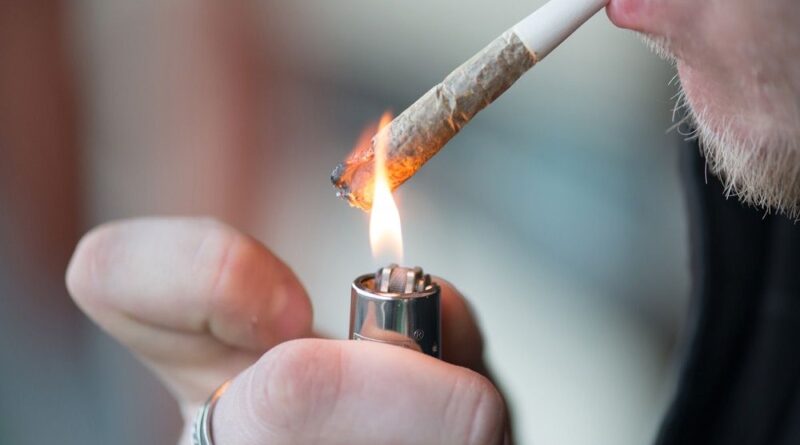With marijuana reclassification on the table, here’s a breakdown on Schedule 3 drugs
President Biden endorsed the Justice Department’s proposal to reclassify marijuana from a Schedule I to a Schedule III drug, marking it as a significant step towards rectifying long-standing disparities in marijuana criminalization. In a video posted on his social media platform, the president hailed the move as “monumental,” emphasizing that nobody should face incarceration solely for marijuana possession or use.
Under the Controlled Substance Act of 1970, drugs are categorized into five schedules based on their potential for abuse and medical utility. Schedule I drugs, such as heroin, LSD, and ecstasy, have no recognized medical applications and are highly prone to abuse. Conversely, Schedule V drugs have minimal potential for abuse and are primarily used for medicinal purposes like treating diarrhea, cough, and pain relief.
Moving marijuana to Schedule III, as proposed by the DEA, would place it alongside substances like testosterone and certain formulations of Tylenol. Schedule III drugs are characterized by moderate to low risks of physical and psychological dependence.
However, reclassifying marijuana would not legalize it nationwide; instead, it signifies a shift in the DEA’s perception of its abuse potential and medical benefits. Marijuana would remain a controlled substance under federal law.
Despite federal regulations, 24 states and Washington D.C. have legalized marijuana for recreational purposes, while another 14 states have legalized its medical use, according to the Pew Research Center.
The proposed reclassification is subject to a 60-day public comment period before final approval.




